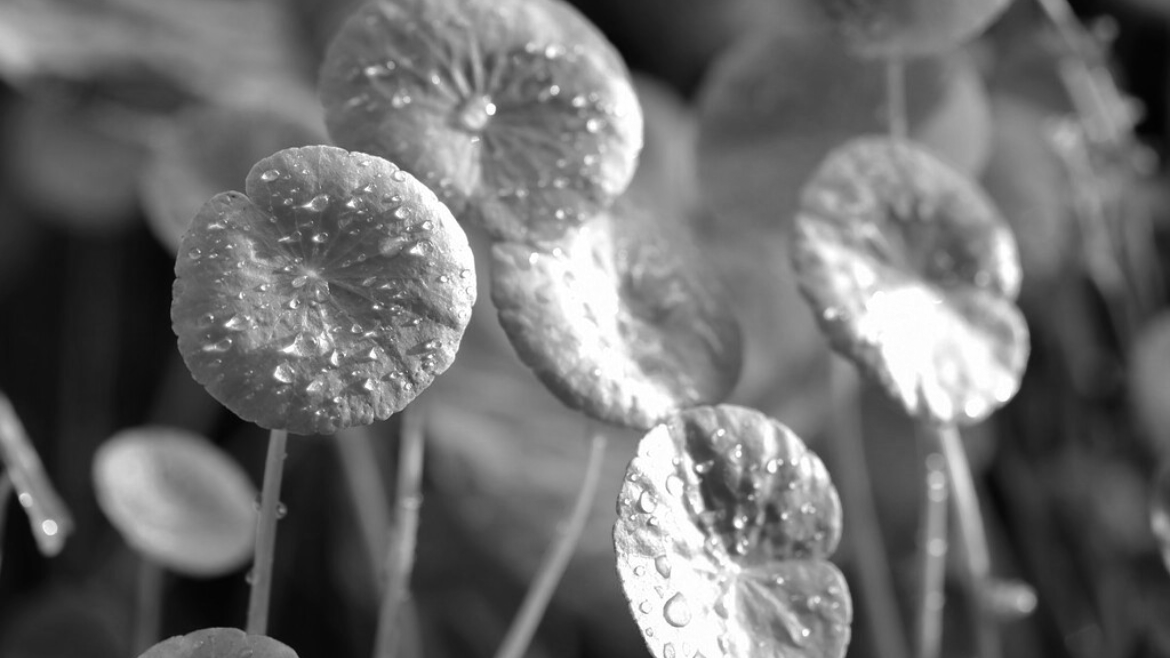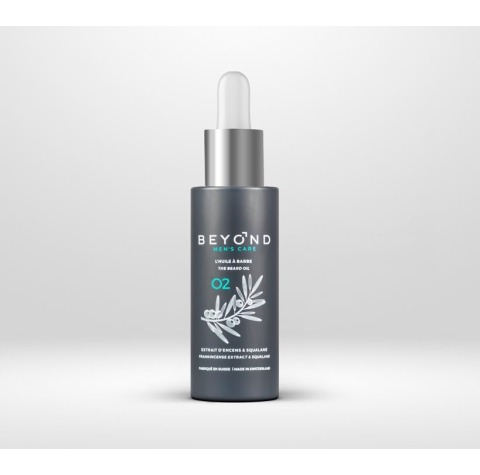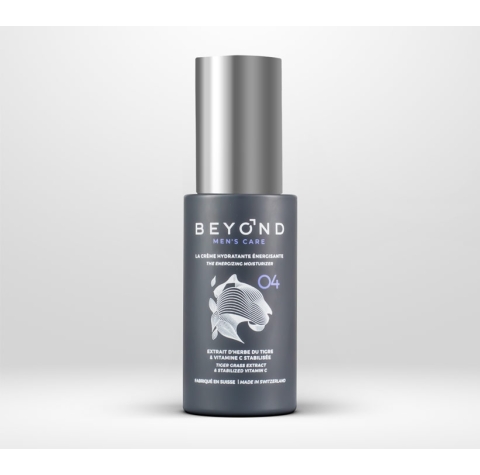- Valentine Du Bois
- 0 likes
- 13454 views
- 0 comments
History
Centella asiatica, also known as ‘Tiger grass’ or gotu kola, is a creeping, semi-aquatic herbaceous plant of the Apiaceae family, native to Asia and Oceania. Used for thousands of years in traditional Chinese and Ayurvedic medicine, it is extremely effective for treating burns and healing wounds, as well as venous insufficiency1, ulcers2, anxiety and depression3, memory loss4-5 and even epilepsy6.
The name ‘Tiger grass’ comes from the legend that tigers roll in Centella asiatica leaves to heal their wounds.
 Image : www.mariefrance.fr
Image : www.mariefrance.fr
Scientific data
Numerous clinical studies have been conducted to investigate the benefits of this plant7-11. The outcome is that the plant's widely recognized efficacy is due to several of its components: asiaticoside, madecassoside, asiatic acid, madecassic acid, flavonoids, vitamin C, tannins and saponosides. In particular, the above-mentioned triterpene compounds act individually on:
+ Remodelling and production of the collagen matrix
+ Increasing hydroxyproline (a major collagen protein)
+ Increasing glycosaminoglycans (skin polysaccharides capable of retaining water molecules)
+ Improving resistance to tensile strength
+ Promoting angiogenesis (the production of blood vessels)
Use in cosmetics
Thanks to its regenerative and collagen-stimulating properties, Tiger Grass is an extremely effective anti-aging agent. In addition, its action on blood microcirculation improves overall skin health, reduces aging, and increases hair growth. For all these reasons, extracts of the powerful Tiger Grass are present in Beyond Men's Care Energizing Moisturizing Cream and Beard Oil.
Moreover, Tiger Grass extracts used in Beyond Men's Care products is produced by a Swiss laboratory, and its extraction process guarantees its content in high-quality active ingredients!
Références
1. Chong NJ, Aziz Z. A Systematic Review of the Efficacy of Centella asiatica for Improvement of the Signs and Symptoms of Chronic Venous Insufficiency. Evid-Based Complement Altern Med ECAM. 2013;2013:627182. doi:10.1155/2013/627182
2. Cheng CL, Guo JS, Luk J, Koo MWL. The healing effects of Centella extract and asiaticoside on acetic acid induced gastric ulcers in rats. Life Sci. 2004;74(18):2237-2249. doi:10.1016/j.lfs.2003.09.055
3. Jana U, Sur TK, Maity LN, Debnath PK, Bhattacharyya D. A clinical study on the management of generalized anxiety disorder with Centella asiatica. Nepal Med Coll J NMCJ. 2010;12(1):8-11.
4. Wattanathorn J, Mator L, Muchimapura S, et al. Positive modulation of cognition and mood in the healthy elderly volunteer following the administration of Centella asiatica. J Ethnopharmacol. 2008;116(2):325-332. doi:10.1016/j.jep.2007.11.038
5. Gray NE, Morré J, Kelley J, et al. Caffeoylquinic acids in Centella asiatica protect against β-amyloid toxicity. J Alzheimers Dis JAD. 2014;40(2):359-373. doi:10.3233/JAD-131913
6. Visweswari G, Prasad KS, Chetan PS, Lokanatha V, Rajendra W. Evaluation of the anticonvulsant effect of Centella asiatica (gotu kola) in pentylenetetrazol-induced seizures with respect to cholinergic neurotransmission. Epilepsy Behav EB. 2010;17(3):332-335. doi:10.1016/j.yebeh.2010.01.002
7. Liu M, Dai Y, Li Y, et al. Madecassoside isolated from Centella asiatica herbs facilitates burn wound healing in mice. Planta Med. 2008;74(8):809-815. doi:10.1055/s-2008-1074533
8. Shukla A, Rasik AM, Jain GK, Shankar R, Kulshrestha DK, Dhawan BN. In vitro and in vivo wound healing activity of asiaticoside isolated from Centella asiatica. J Ethnopharmacol. 1999;65(1):1-11. doi:10.1016/S0378-8741(98)00141-X
9. Maquart FX, Bellon G, Gillery P, Wegrowski Y, Borel JP. Stimulation of collagen synthesis in fibroblast cultures by a triterpene extracted from Centella asiatica. Connect Tissue Res. 1990;24(2):107-120. doi:10.3109/03008209009152427
10. Maquart FX, Chastang F, Simeon A, Birembaut P, Gillery P, Wegrowski Y. Triterpenes from Centella asiatica stimulate extracellular matrix accumulation in rat experimental wounds. Eur J Dermatol EJD. 1999;9(4):289-296.
11. Somboonwong J, Kankaisre M, Tantisira B, Tantisira MH. Wound healing activities of different extracts of Centella asiatica in incision and burn wound models: an experimental animal study. BMC Complement Altern Med. 2012;12:103. doi:10.1186/1472-6882-12-103
By Valentine Du bois
Master's degree in medical biology, University of Lausanne, Switzerland
Valentine holds a Master's degree in medical biology from the University of Lausanne, following a Bachelor's degree from the University of Geneva. During her Masters, Valentine specialised in the fields of pharmacology and toxicology, focusing on applied laboratory research for the development of new treatments.




